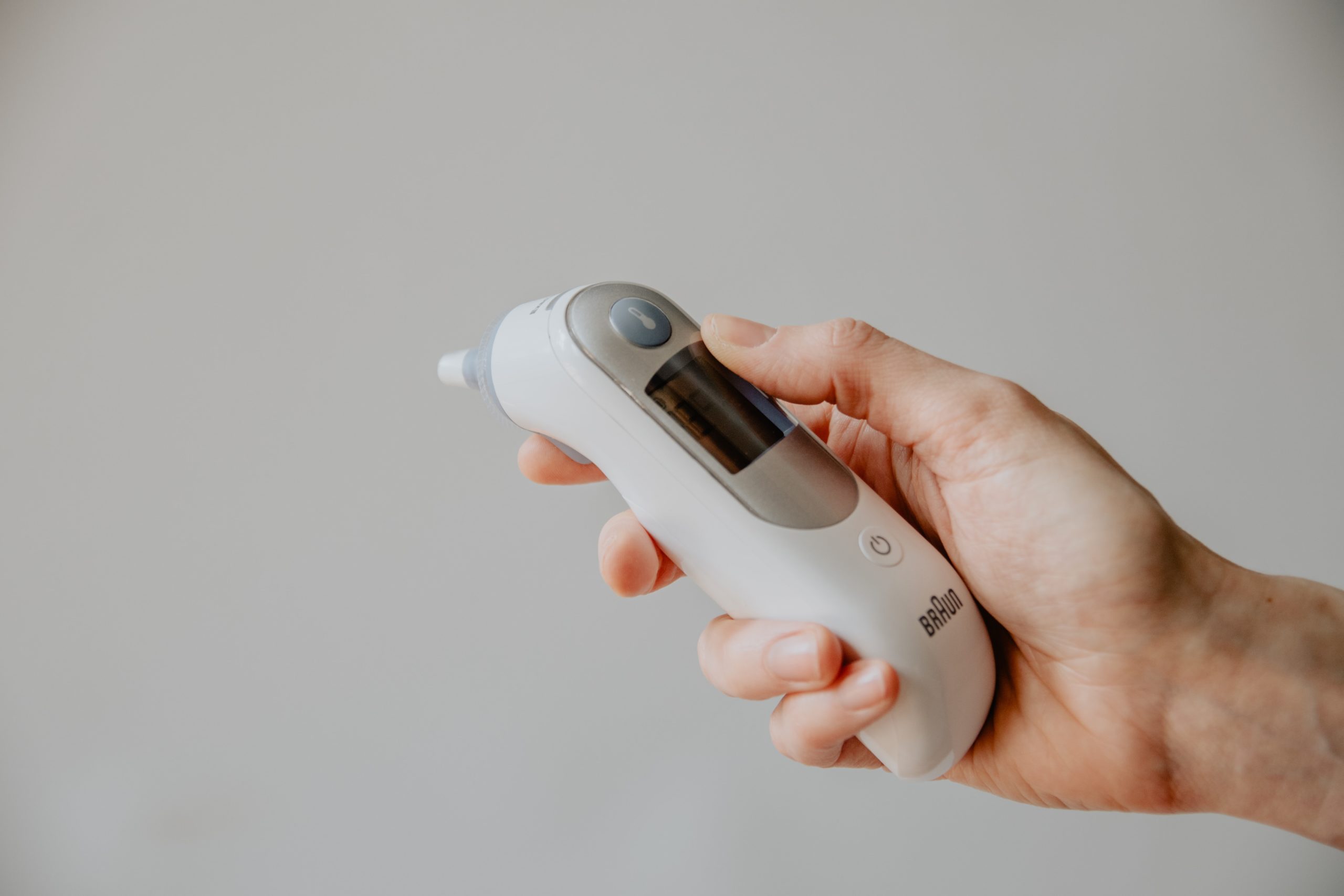
In some parts of the globe, cities are slowly relaxing their social distancing guidelines. Businesses are beginning to open up and residents are once again venturing out to offices and into storefronts.
Some tech companies have made the move to become remote-first, keeping employees out of physical offices for the foreseeable future. Banks, however, face regulatory scrutiny over communication and documentation, and can’t allow their employees to work from home as easily.
So as many begin to let their guard down, where do a bank’s responsibilities lie in regard to maintaining a safe, virus-free work environment and branch location?
As with everything, the buck stops with the banks’ leadership. They are responsible for not only heeding guidelines from their local and federal governments, but also for understanding concerns of their customers and employees. To answer the question in the title, no, banks don’t necessarily need a chief medical officer. They do, however, need to appoint a person or a group responsible for creating safety measures around their branch and workplace.
The first step in doing this (aside from abiding by governmental guidelines) is to listen to the concerns of customers and of employees. While some may be ready to show up to the office or branch with minimum precaution, others may request increased social distancing in the office and curbside services at the branch.
Listening to these concerns will offer a clearer picture of next steps and a timeline. Options include offering individual cubicles separated by plexiglass, monitoring employee temperatures, increasing cleaning frequency to once-a-day, limiting the number of employees in the office and rotating work-from-home schedules, limiting customer numbers in the branch, requiring face masks, increasing sick leave for employees, etc.
If a requirement such as taking temperatures at the door arises that no one on the team feels comfortable with, hire an outside medical specialist. And if all of the new protocols seem completely overwhelming, banks should consider bringing on a consultant to help with things like deep cleaning protocols, updated health and safety plans, and emergency response plans.
Would it hurt to hire a Chief Medical Officer? Certainly not. But by listening to employees and clients and applying some creativity, banks can come up with a workable solution that helps both employees and customers feel safe.
